Pop-up card : buildings in Santo Domingo
On December 5, 1492, Christopher Columbus arrived on what is now the island of Hispaniola. The indigenous people welcomed them as messengers of God.
Building a fort on the north shore of the island and leaving behind 39 men who volunteered, Columbus returned to Spain.
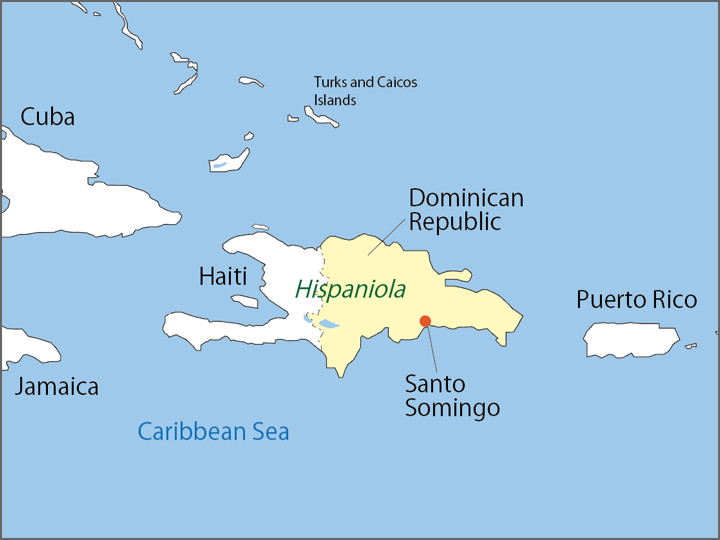
His second voyage, in 1493, set out with a fleet of 17 large ships carrying more than a thousand passengers who dreamed of riches.
When they arrived on the island, they found the fort on the north shore destroyed and all their men dead. The natives, unable to bear the tyranny of the Spaniards, had revolted.
Columbus built a new town (La Isabela) a few miles to the east.
In 1496, Columbus’ brother Bartholomew established a settlement on the southern coast, which became the capital.
But a hurricane destroyed the town in 1502, so the new governor, Nicolás de Ovando, moved the town to the west side of the Osama River. This is the present-day Santo Domingo.
Over the next few decades, Santo Domingo became a base for the exploration and conquest of the New World. The area, with its medieval architecture, was registered as a World Heritage Site in 1990.
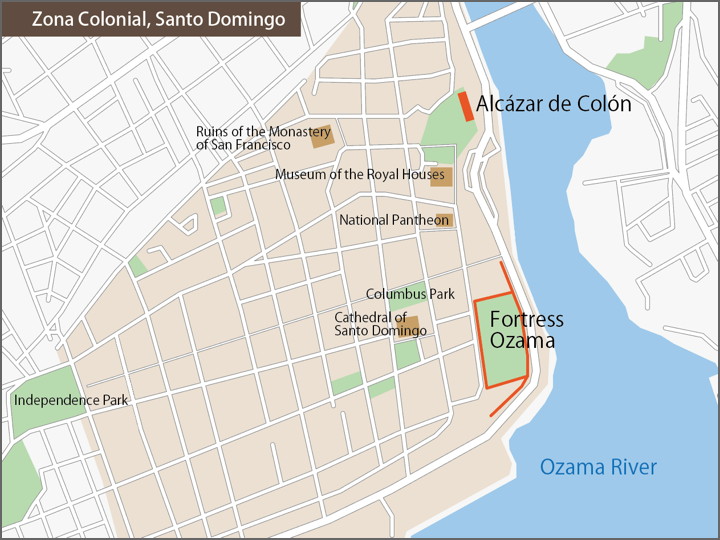
This time, I selected two of the buildings in the old city of Santo Domingo and made the pop-up cards.
This is the Homage Tower of Fortress Ozama, which Nicolás de Ovando ordered to be built. Fortress Osama was built on the banks of the Osama River between 1505 and 1507 to protect the city from pirates.
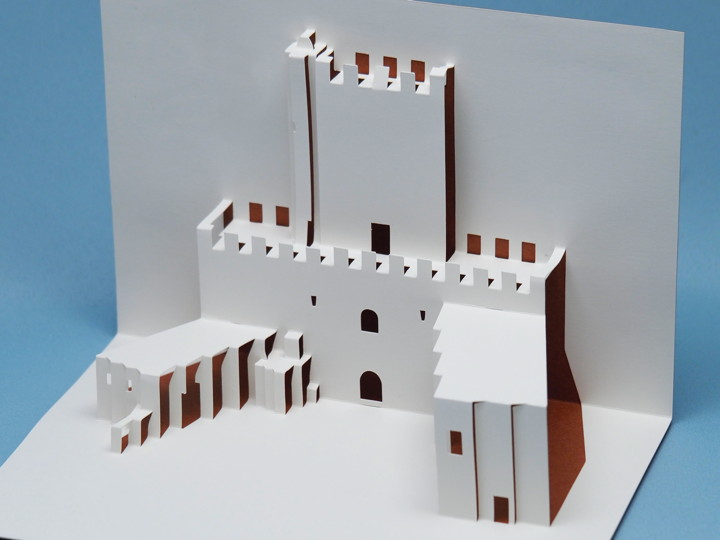
After Ovando, the next governor was Columbus’ eldest son, Diego. He took office in 1509 and built his own residence from 1510 to 1514.
This is the Alcázar de Colón.
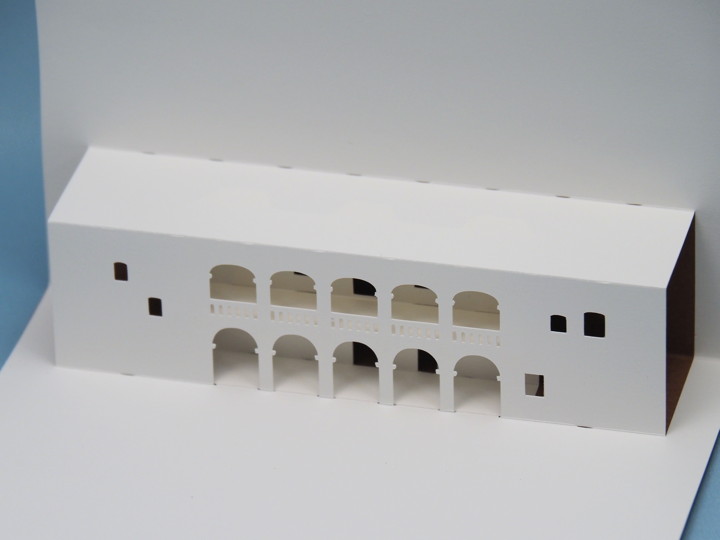
I made pop-up card in white paper and also in colored pattern. You can download three types patterns of Alcázar de Colón.
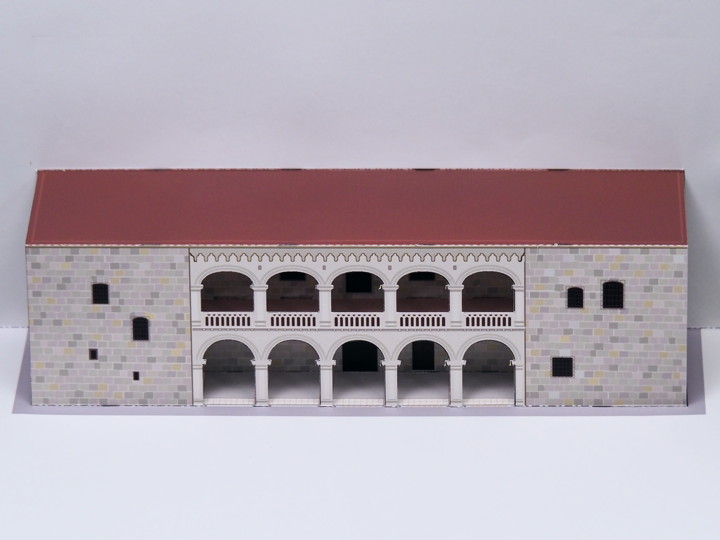
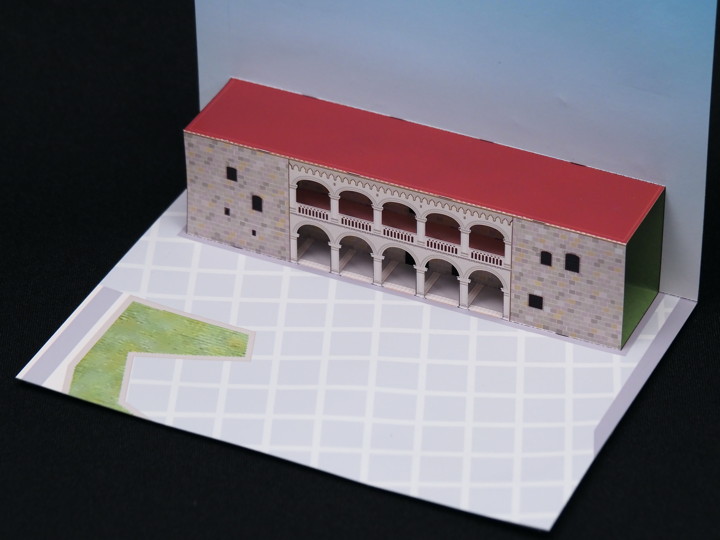
The colony prospered, but the Spanish forced the natives to work in mines or slaughtered them, and the diseases brought by Europeans caused the native population to decline sharply and lead to their extinction.
As the indigenous population declined, 40,000 Indians were brought in from the Bahamas and elsewhere from 1508-13. After that decline, black slaves were brought in from Africa.
With such history in mind, this pop-up card was not something that could be made in a pleasant mood.
By the end of the 16th century, the natives were almost extinct, and the Spanish, having exhausted the gold and silver of the land, turned their attention to the rich continent. Santo Domingo was going into decline.
[Main site]
* Homage Tower of Fortress Ozama
* Alcázar de Colón
[Reference] (written in Japanese)
“60 Chapters to know the Dominican Republic" (Iyo Kunimoto (ed.), Akashi Shoten, 2013)
“How to walk the earth : Cuba, Bahamas, Jamaica, Caribbean Islands" (Diamond Big Inc. / 2018 revised 15th edition)
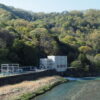
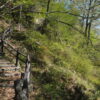
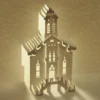
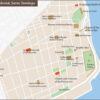
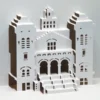


Discussion
New Comments
No comments yet. Be the first one!